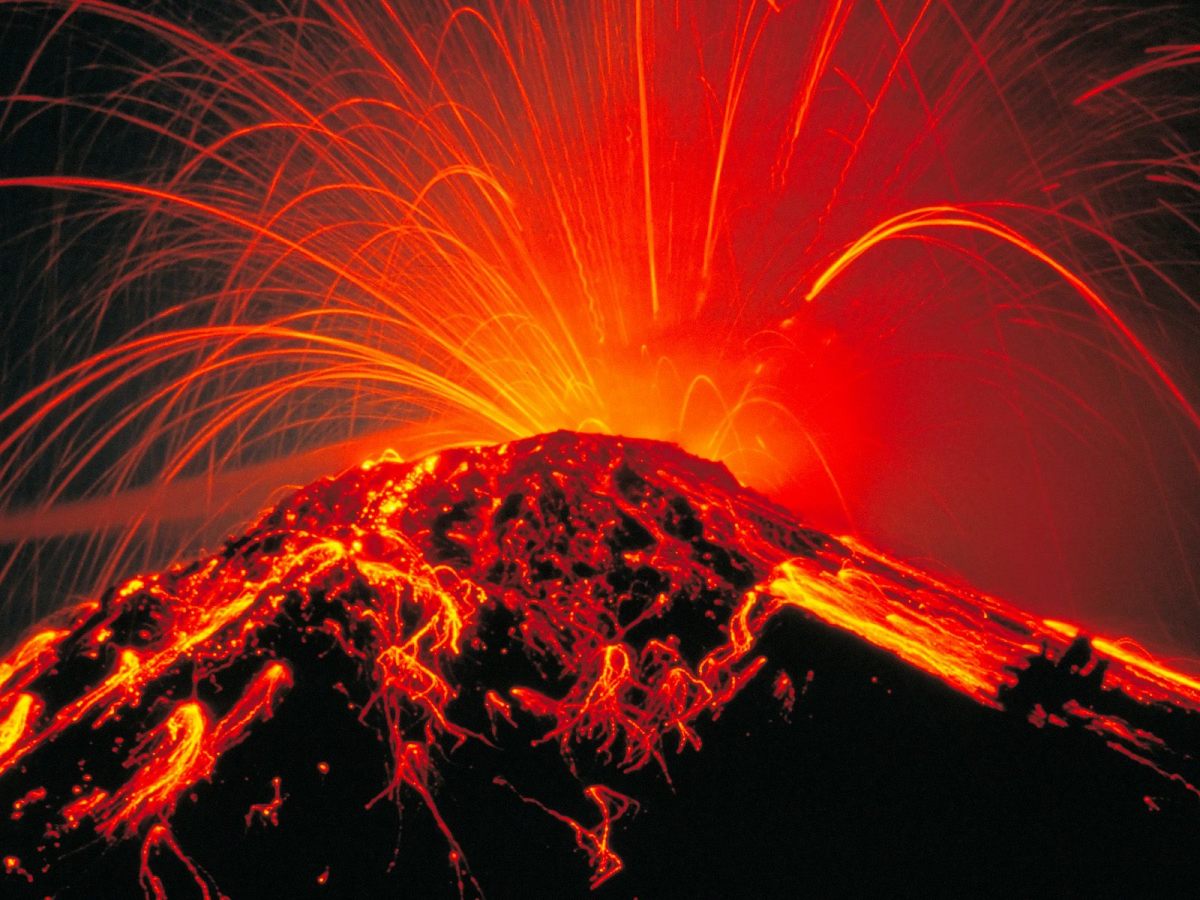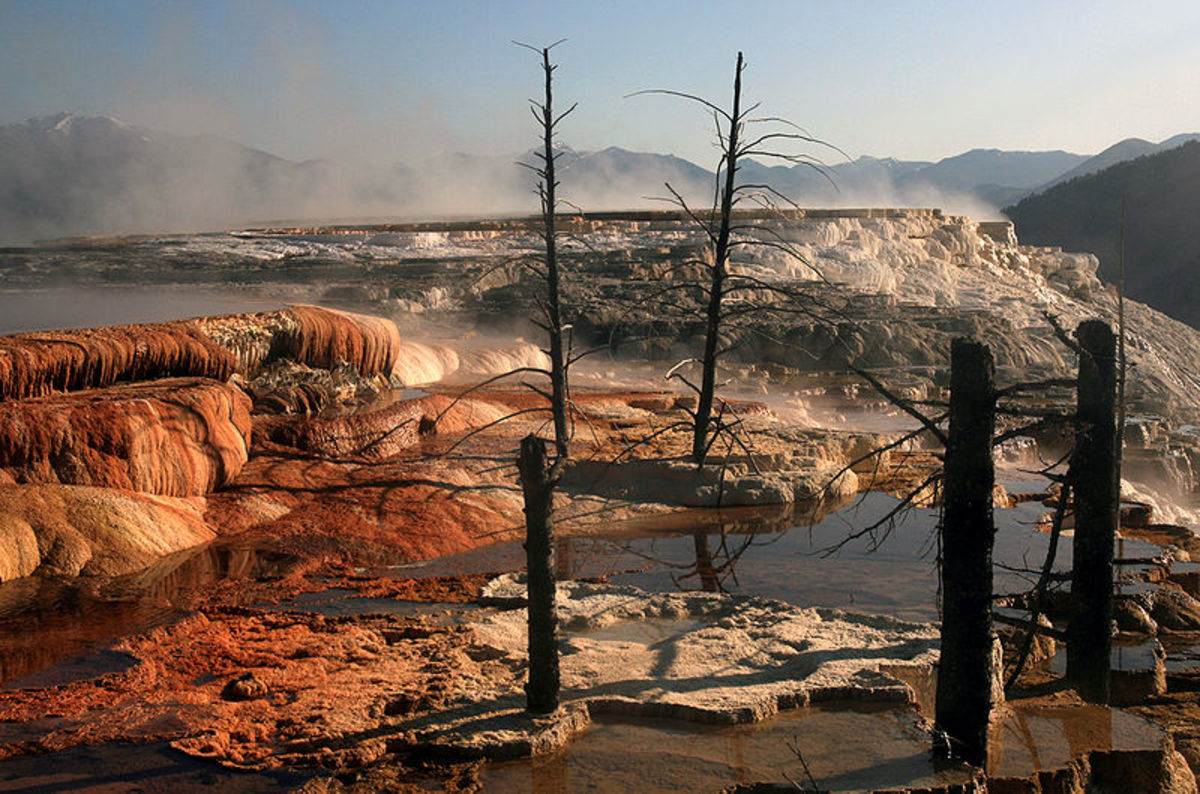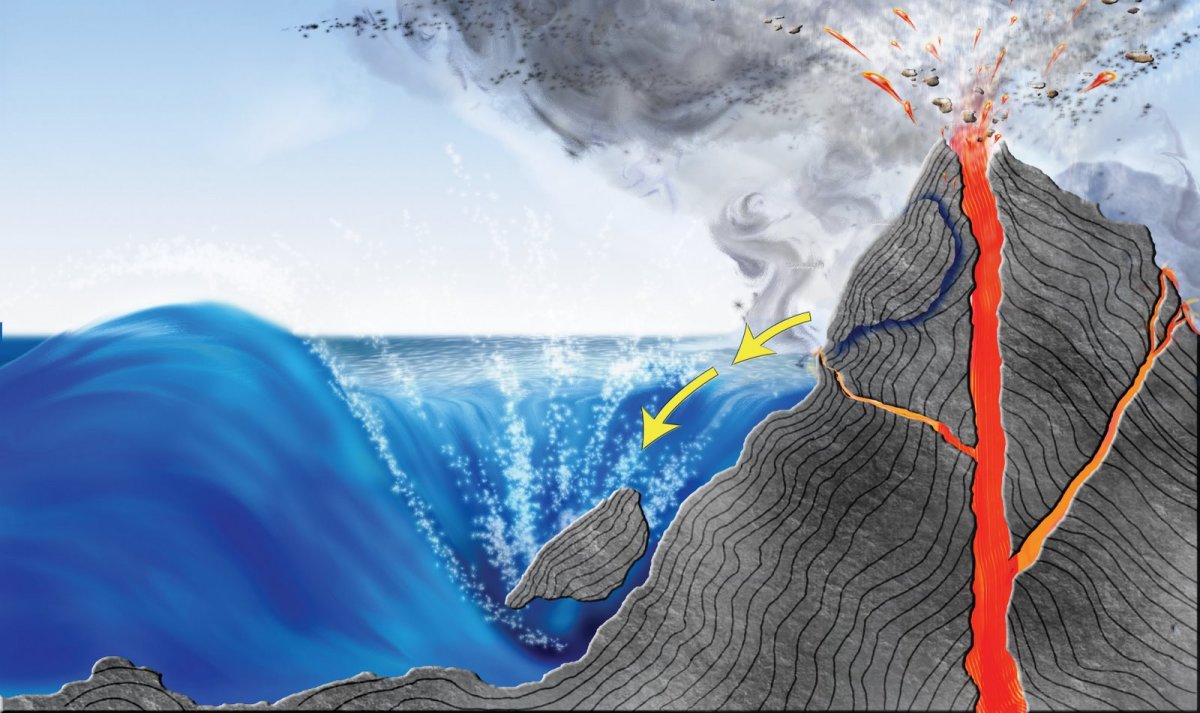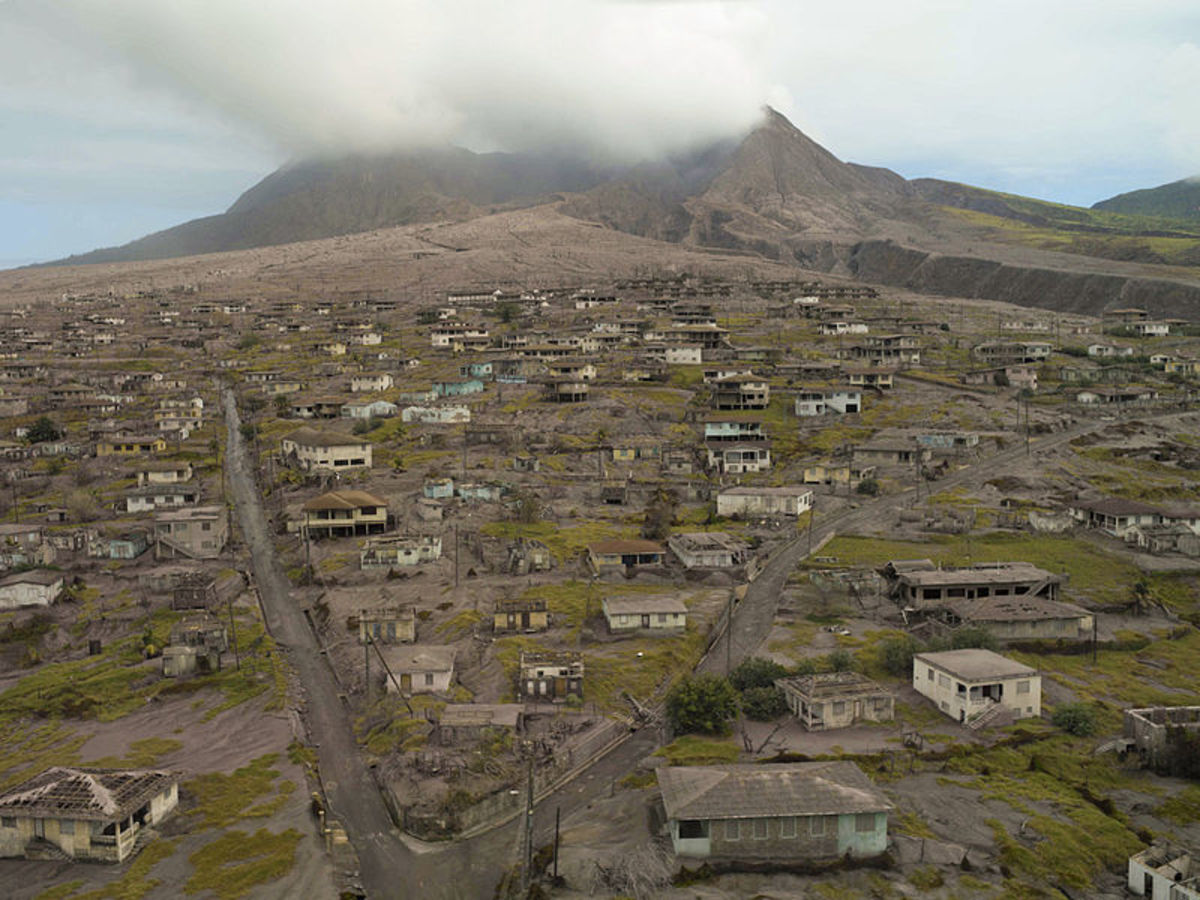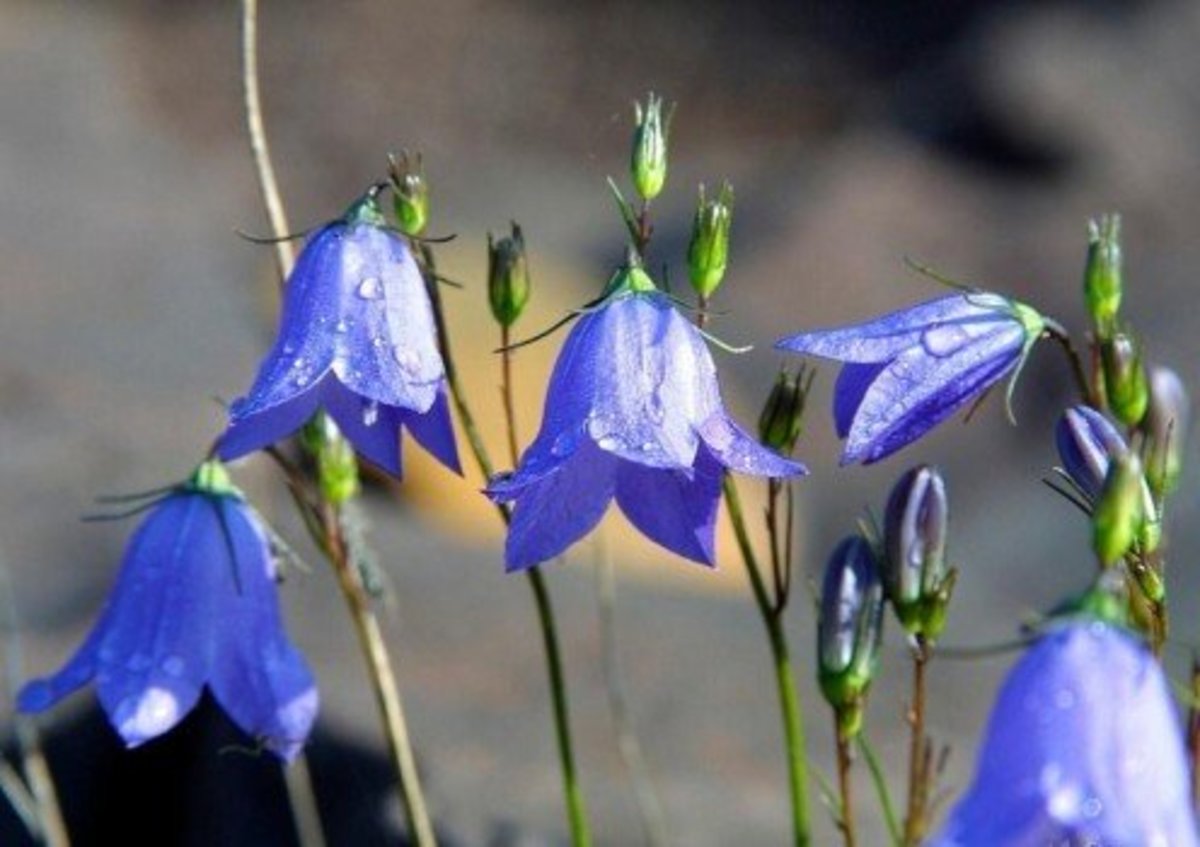About Volcanoes - Concise Geography
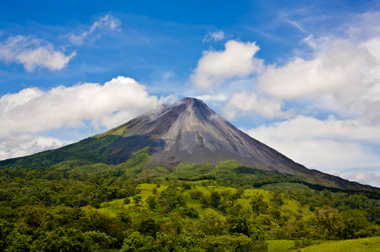
Do you think that volcanoes have any use?
Some eruptions cause destruction
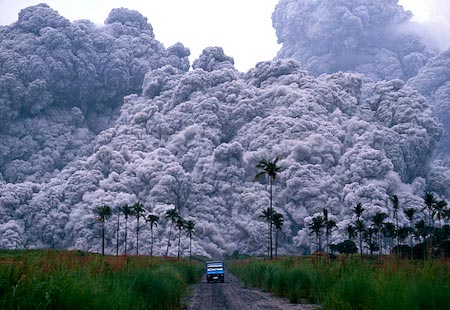
Everyone thinks that volcanoes erupt. Well, most of them don't ever erupt, at least not in a lifetime. A Volcano is a mountain with a hole (called vent) which gives way to the molten rocks inside the Earth. The molten rocks come out occasionally in the form of lava accompanied by gases. Volcanoes get their name from the Roman god of fire, Vulcan.
Why Volcanoes Erupt?
The Earth is composed of difference layers. The layer beneath the crust (upper layer on which we live) is called Mantle and is very hot. It is so hot that rocks melt at this depth and begin to flow as fluids. These molten rocks are called magma. Magma rises towards the surface through volcanic vents. Every Volcano has a magma chamber inside it. Eruption begins when the pressure inside the magma chamber rises. The rise in pressure may be due to movement of plates (Tectonic Plates) that form the Earth's surface or it may be due to the build up of gases in a narrow area. The eruption can be violent if the pressure build is sudden.
Why volcanoes are more active in some parts of the world?
Earth's crust (surface) is made up of plates of rock just like pavement stones.These plates are called Tectonic Plates. Because of the forces in the interior of the earth, these Plates constantly move to strike equilibrium. Plate movements lead to earthquakes and relocation of molten rocks. Thus, there is high possibility of volcanoes and earthquakes near the plate boundaries. This also answers another question, "why Volcanoes are accompanied by earthquakes?". Thus, earthquakes can be predicted by volcanic activity and vice versa. For more information about the concept of Tectonic plates you can read Continental Drift theory by Alfred Wagener.
Why Volcanoes are dangerous?
Some Volcanoes are notorious for scaring away many people and also killing a lot of them. They also destroys cities and forests because they are enormous, sudden and leave little time for action. This is because lava flows are very hot, they move fast, sometimes blockages and high pressure leads to blasts and avalanches. Lava flows can also cause heavy floods of matter by melting the objects (rocks, ice and structures) that come in their contacts.
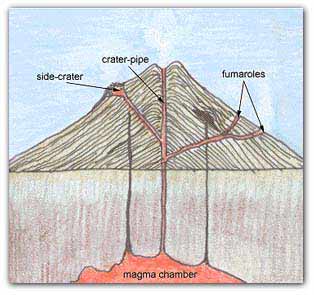
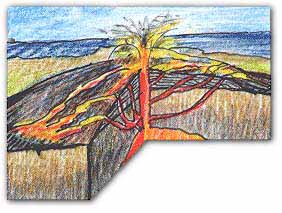
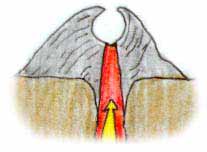
Classification - Based on Shape
- Composite Volcanoes: Also called Strato volcanoes they are formed by alternating layers of lava and rock fragments. This is the reason they are called composite.They are generally snow clad and seem extinct.
- Shield Volcanoes: They are formed by many layers of lava flows and are huge in size. They have gentle slope and broad shape containing basaltic lava.
- Cinder Cone volcanoes: They are steep conical hills around the vent. they are most common type but are less harmful. They grow in height until they reach maximum. It leads to lava bursts high in sky which accumulate to form hills.
- Spatter Volcanoes: When lava contains enough gas to prevent lava flow but not enough to shatter it with explosion the lava forms hot clots with fall back after rise. These are called spatters. When they fall down they weld with the walls of the vent. This leads to steep slopes around the vent.
- Complex Volcanoes: They are made of multiple domes and cones leading to several flow patterns. They have subsidiary vents around the central vent.
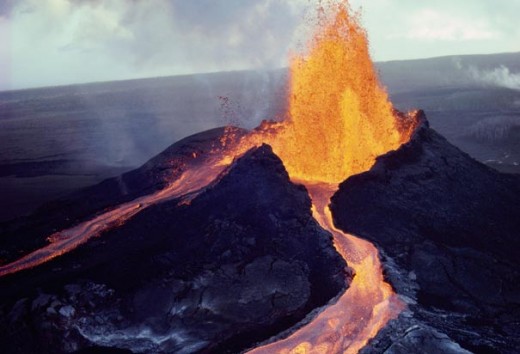
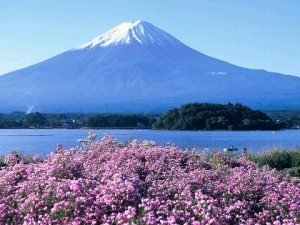
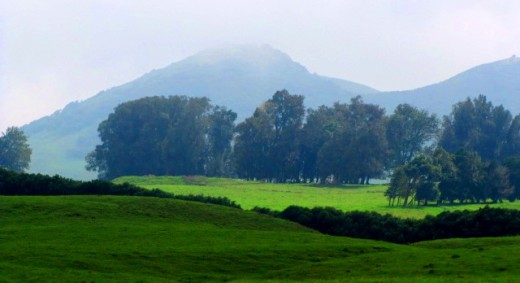
Classification - Based on Activity
All volcanoes are not dangerous. Some have never erupted in the written history while others erupt every few years. Thus, one way in which volcanoes can be classified is on the basis of their activity.
- Active Volcanoes: Volcanoes which are erupting at present or are expected to erupt in the near future are called Active Volcanoes. e.g. Kilauea. At any given time there are 20 volcanoes that are erupting. There have been around 600 Volcanoes that have had eruptions in recent history.
- Dormant Volcanoes: These are the Volcanoes which are not currently erupting but have erupted in the ancient past. They are likely to erupt in the future as well. It should be understood that a Dormant Volcano can upgrade to Active state if it shows some Volcanic activity. e.go Mount Fuji which last erupted in 1707.
- Extinct Volcanoes: Extinct Volcanoes are the ones which are neither erupting now nor they are expected to erupt in the future. They also don't have any record of eruption in the past. They are Volcanoes because o their nature but don't act like volcanoes. They are mere mountains. e.g. Mount Kohala, one of the 5 volcanoes which make up Hawaii Islands, is an extinct volcanoes.
Classification of Volcanic Eruptions
Depending on the violence and nature of lava flow, volcanic eruptions have been broadly divided into 4 main categories:
1. Hawaiian eruptions occur when lava is thrown into the air in the form of jets. These jets look like fountains of fire and continue for hours at a stretch.
2. Strombolian eruptions occur when distinct bursts of fluid lava are thrown out at regular or irregular intervals of a few minutes. These eruptions can rise 100s of metres and are caused by bursting of gas bubbles.
3. Vulcanian eruptions occur when viscous (thick) magma violently flows at speeds of 300 meters per second or so. These eruptions rise several kilometres into the air.
4. Plinian (also called Vesuvian) eruptions are the most dangerous and violent ones. They result in the formation of lava domes. The viscous lava erupts as columns of ash and gas into stratosphere (higher layer of atmosphere). They rise more than 25 kilometres in the air ad may end in a day. These eruptions lead to large scale destruction.
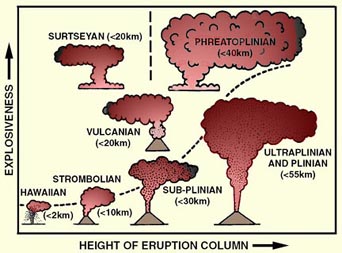
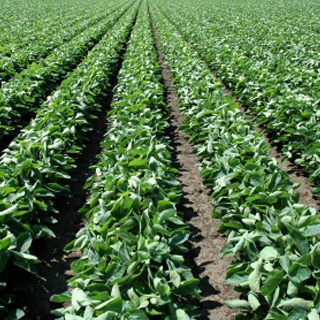
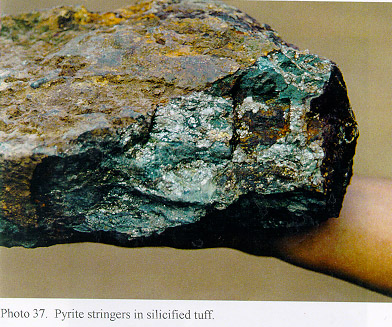
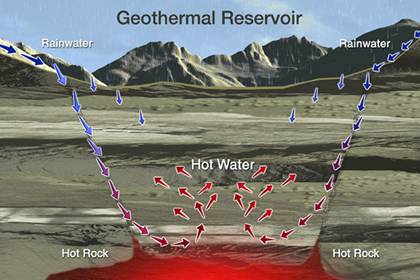
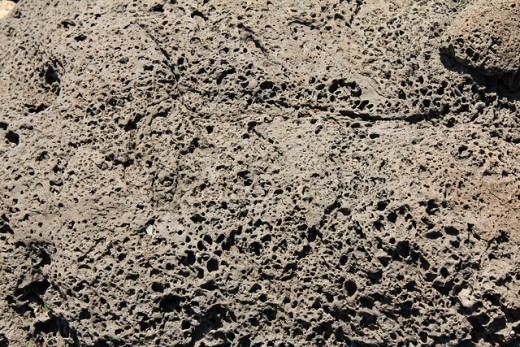
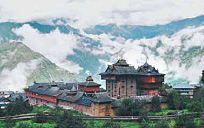
Benefits of Volcanoes
Volcanoes may carry many risks. They are very terrible when they are at their best. But when they are not making things difficult for humans they can be utilized to a number of commercial gains:
1. Soil Fertility: Layer of soil formed after volcanic eruptions are highly fertile because of presence of necessary minerals. Nitrogen, Potassium and Phosphorus are the most essential minerals for cultivation and are in good proportion in volcanic soils.
2. Precious metals and minerals: Volcanoes bring out heavy metals from the interior of the Earth. Some of these minerals are rare on earth and can be productively extracted from volcanic soils. Some of these precious metals and minerals are Sulfur, Lead, Aluminium, Gold, Diamond, Silver, etc. Apart from mi Have you ever wonder when all the non-renewable metals will be depleted by industries around the world, how will be source them. Volcanoes are an answer to that.
3. Geo-thermal Energy: Volcanoes can be a good source of geo-thermal energy. Steam produced by the heating of underground water by magma can be used to power turbines. This is a renewable source of energy. Iceland is a country of volcanoes and glaciers. 81% of its energy needs are met by Geothermal Energy.
4. Construction Materials: Lava has high strength, light weight and resistant to weathering. When hardened these Volcanic tuffs can be cut into block and used as building materials. They can also be mixed with other substances to lay roads. Pumice, a porous product of volcanoes has been used by Mediterranians as scrub and abrasive cleaner.
5. Tourism Industry: Volcanoes are very fascinating to see. They are high mountains and can be viewed from a long distance. In some religions volcanoes are said to have powers of fertility. People visit these volcanoes for blessings. Considering these factors, volcanoes have great potential for promoting tourism. e.g. Mount Fuji volcano of Japan is breathtakingly beautiful and a symbol of Japanese Tourism.
Further Reading
- About Rocks - Concise Geography
Do you get confused between Granite, Sandstone, Limestone and Marble? Do you feel that all rocks are the same except their color? Do you think that coal is not a rock? Lets end this finally...

